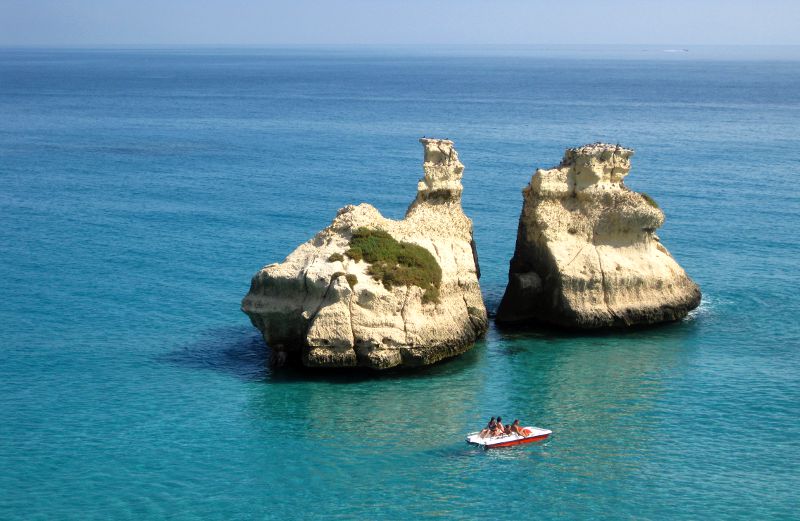
Figs, grapes, mushrooms. Hot water, deserted beaches. But also the Baroque, the white villages, the protected parks, museums. Here is a route between the countryside and the sea, with new farms and the tables not to be missed.
Also in September Puglia is "attractive", as he called a recent Huffington Post article, "for the scenery and amazing beaches; for the convergence of culture and country cooking. ""After the summer drought, gather herbs (the rocket yellow flowers Wild, the chicory, the raw turnips), grapes accompanying the mashed beans, dried figs and filled with almonds, lemon and fennel seeds; and crustaceans, with the water gradually begins to cool, they return to be of high quality. "But also the sea is still warm, the less crowded beaches, the possibility of making visits and walks away from 40 degrees, mean that September is the ideal time. The month in which they are still open the doors of churches and museums, wineries, parks and nature reserves that adhere with guided tours and free Open Days Regional.
In September, then, is gathered. The only night harvest that we will see is that dell'Amastuola between Massafra and Crispiano, the extraordinary organic vineyard wave designed by Fernando Caruncho for Peppino Montanaro.
Nearby you can stroll happily along the paths of Pianelle Forest, precious woodland area fragno, hornbeam and oak, inhabited by rare peony. And you are very close to Martina Franca. Noble and baroque, with a decor that does not take your breath away as in Lecce, but that promises soft and sensual, spreading like baroque country also in the neighboring districts. The little-known secret of the old town of Martina is the widening La Lama, with courtyard houses of the eighteenth century, the buildings with stairs and balconies, porches, chimneys, eaves, like the one at 67 Via Alfieri.
With Ostuni, Ceglie, Nuts and Alberobello, Martina delimits the karst valley of Itria Valley. An archaic landscape marked by pinnacles of lime and cones chianchette trulli. The exceptional discovery in the Cave of Agnano, outside Ostuni, Delia, the skeleton of a Mediterranean mother with her fetus, the only example in the world of kin of the Paleolithic period, says that the valley was inhabited since ancient times. The Park of Agnano is now open to the visit (by reservation). The cast of Delia and her headphone shells mixed with earth are preserved in the Museum of Pre-Classical Civilization street in Ostuni Cathedral.